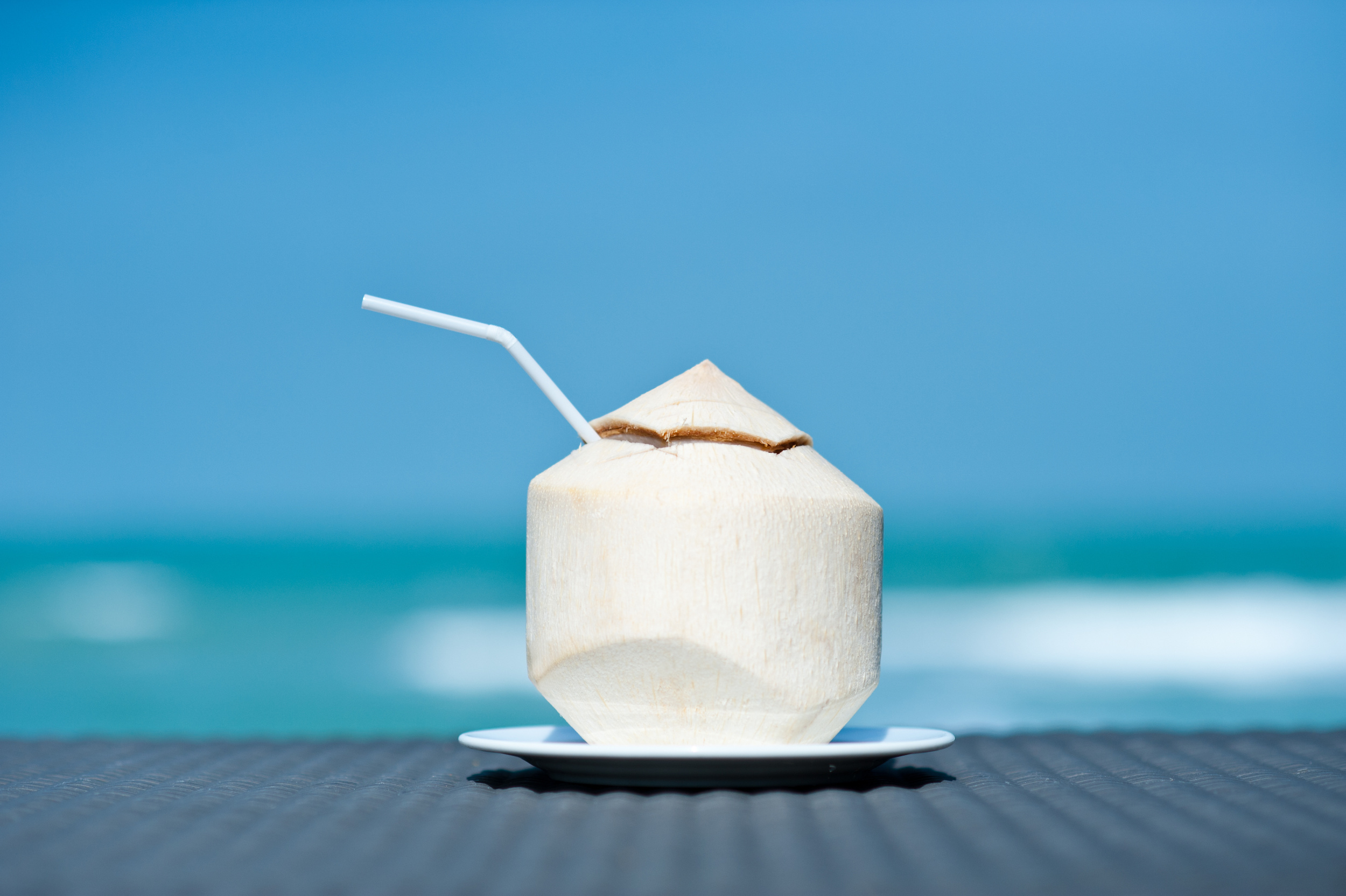Did you know that 40-60% of the US population is deficient in the beneficial (and crucial) vitamin D, otherwise known as “The Sunshine Vitamin”?
This is especially true for those living in a northern region and because it is extremely rare in foods, it's nearly impossible to get all of our needs from food alone.
What is it and why are we deficient?
Simply put, Vitamin D is a fat-soluble vitamin that is produced by the body in response to sunlight exposure on the skin. However, in order for our bodies to convert the cholesterol in our skin to Vitamin D, we need UVB exposure, which is typically what we are trying to avoid when we lather ourselves up with sunscreen.
When we apply an SPF of 8+ or higher, the amount of Vitamin D that can be made by the body decreases by about 95%, which is great for skin cancer prevention, but not for your Vitamin D requirements – or your overall health and well being. If you think you’re getting your daily dose when sitting in a sunny window at work or driving down the highway, think again. Window glass blocks essentially all UVB rays preventing the skin’s absorption.
Do you have darker skin AND live in a northern region (think: north of an imaginary border from Northern California to Boston)? You have higher levels of melanin in your skin which makes your skin better at screening out most of the already limited sunlight you’re exposed to for those 4-6 months out of the year.
And if getting older wasn't enough already, as we age, our body’s ability to produce Vitamin D is reduced by 75%.
If you're a plant-based eater, have malabsorption issues, or have Crohn’s or Celiac disease, you’re at higher risk for deficiency as well.
Pregnant or trying to conceive? It's highly recommended you take additional supplementation to support both you and your baby during this time. Most prenatal vitamins contain 400 IU and studies have shown taking an additional 4,000 IU daily had the greatest benefit for preventing pre-term labor and infections.
Low levels in the body are associated with:
Increased risk of cancers
Development of diabetes
Decreased immunity
Elevated blood pressure
Neurological disorders
Increased symptoms of anxiety and depression
The take-away? We all need Vitamin D supplementation!
Food vs. Sun vs. Supplements
Vitamin D is extremely rare in foods and the likelihood that you’re getting in enough daily from food alone is pretty low. Some good sources include fatty fish such as salmon and tuna, fish liver oils such as cod liver oil, mushrooms, whole raw milk products, and eggs so begin making an effort to eat more Vitamin D-rich foods.
Additionally, attempt to get at least 15 minutes of sun exposure (without sunscreen), 2-3 times per week.
However, the easiest way to ensure adequate amounts in our system is through simple supplementation and it's one of top recommendations for everyone.
How much do you need?
The official recommendation for supplementation is only 400 IU but this is purely to prevent deficiency, not for optimal health. The recommended intake to maintain OPTIMAL and HEALTHY levels in the body (which is what we strive for, right?) is approximately 4,000 IU (from sun, food, and supplementation). That's a big difference! And if you’ve been deficient recently and are trying to regulate your stores, you might require up to 5,000/day for 6-12 weeks afterwards.
My go to D supplement is Thorne liquid D. It has 1,000 IU in 2 drops so you can adjust for your own personal requirements.
Example:
Pregnant or trying to conceive and taking a prenatal that has 400 IU, add an additional 6 drops (3,000 IU) of Liquid D
Northern regions and darker skin: Take 4,000-5000 IU in winter months and 2,000 IU in sunny months
Aging population 5,000 IU
*I recommend discussing your personal vitamin D status and supplementation needs with your physician, nutritionist, or dietitian before considering a vitamin D supplement.
And in regards to sun exposure, I am not recommending you avoid sunscreen, but balance your exposure with/without protection so you absorb your D needs while still preventing your risk of developing skin cancer.
If you're unsure of your personal needs, feel free to reach out!
Happy sunning!












